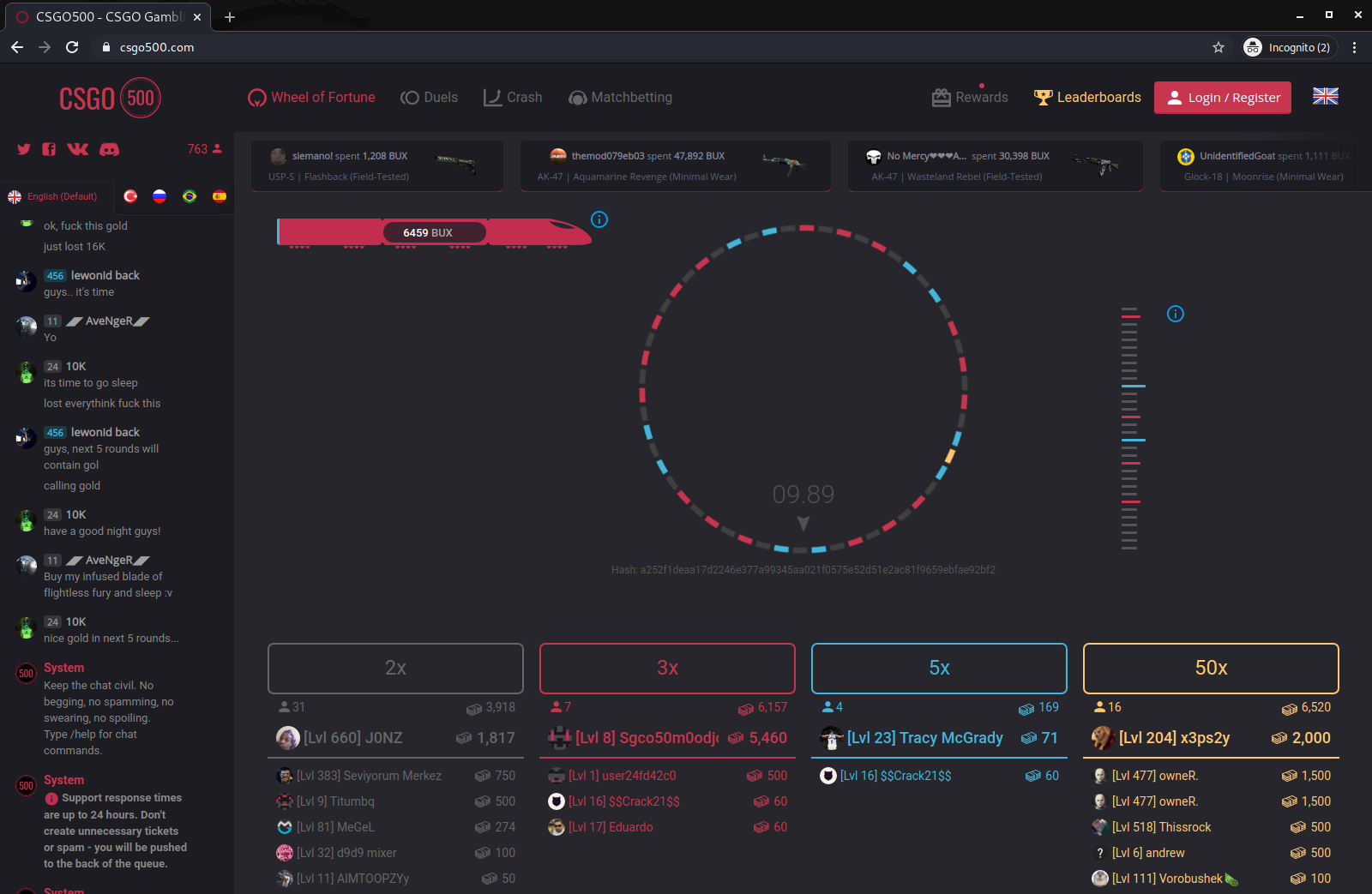
- #HOW TO MAKE PHISHING PAGE STEAM VERIFICATION#
- #HOW TO MAKE PHISHING PAGE STEAM CODE#
- #HOW TO MAKE PHISHING PAGE STEAM PASSWORD#
- #HOW TO MAKE PHISHING PAGE STEAM WINDOWS#
#HOW TO MAKE PHISHING PAGE STEAM PASSWORD#
However, they must know your Steam account password and username to use this file,” the advisory reads.Īs Malwarebytes experts highlight, these days, user should beware not only of schemes in which they’re asked to download files, but also ones in which they’re instructed to upload something from their computer. SSFN file, they can gain access to your account without accessing your email account. If you upload or give a user your Steam Guard. “Steam will never ask you to provide any Steam Guard files. Steam is aware of the issue and the company has updated its Steam Guard support page to warn users about these attacks.

This phishing method has been around for a month or so, with many users complaining about their account being stolen this way.

#HOW TO MAKE PHISHING PAGE STEAM VERIFICATION#
When they log in, they’re not asked for the verification code.
#HOW TO MAKE PHISHING PAGE STEAM CODE#
When users log in to their account from an unrecognized device, Steam Guard creates the SSFN file so that they don’t have to enter a verification code the next time they log in.īy copying the SSFN file that’s been handed over to them by the unsuspecting victim into their own Steam folder, phishers bypass Steam Guard. So how do they bypass the protection? The key is the SSFN file. Or maybe it’s just been a while… As an added account security measure, you’ll need to grant access to this browser by uploading the special ssfn* file from your Steam folder…Ssfn* file contains your ID number and located in a directory Steam folder (…/Program Files/Steam/ssfn* )” “We see you’re logging in to Steam from a new browser or a new computer. Then, a second page appears with the following message: When gamers are lured to the phishing page, they’re asked to enter their credentials. However, according to Malwarebytes researchers, they’ve managed to bypass this protection mechanism by adding something new to their phishing pages. This normally means that even if they have the username and password, unless they also have access to the victim’s email account, the attackers can’t get in. When Steam Guard is enabled, users receive a verification code via email when they log in to their accounts from a computer they haven’t used before. Why do phishing websites fish one by one Python Django takes you to build a steam phishing website. To protect their accounts, Steam users can enable Steam Guard, but now, phishers have found a way to bypass it. If you have any further questions, or want to get a site's login page double-checked, don't hesitate to reach out to our support team who'd be happy to help.The accounts of Steam users can be highly valuable for cybercriminals, which is why they’re always coming up with novel phishing techniques. Some sites may try and use different letters within this URL to make it appear legit. Make sure to check the login URL starts with '' exactly and not anything else. For example, a site may use 'sitenamelogin.xyz' as the login page, and not ''.

Other sites will open a new tab to log in via, but the login URL will be a fake login URL. If there are two, one of which being the pop-up on its own, then it's not a fake pop-up. If there's just one, then it's a fake pop-up.
#HOW TO MAKE PHISHING PAGE STEAM WINDOWS#
An easy way to check if it's a pop-up is to check how many browser windows you have open. Scam sites can make it look like a pop-up when in actual fact it's just an isolated window on the web page. If the site gives you a pop-up window to sign into Steam, make sure it's an actual pop-up. It's very important you understand how these sites operate so that you can ensure you don't sign into one of them. Once they gain access to your Steam account, they track your trade offers and duplicate trade offers to scammers - Eventually stealing your items. Rather than 'logging in' to the site, your login information is being fed to a scammer who's logging in to your Steam account at the same time. Scammers nowadays design scam sites using fake Steam login pages.


 0 kommentar(er)
0 kommentar(er)
